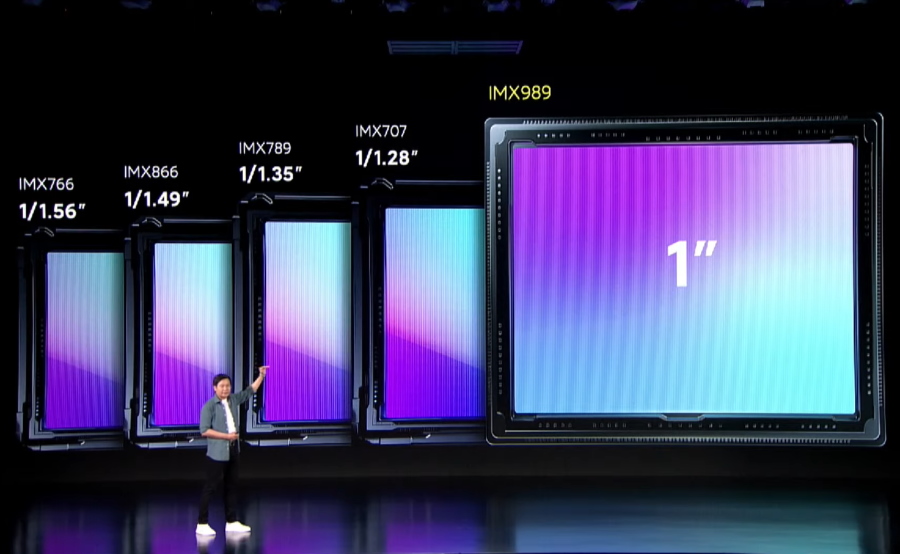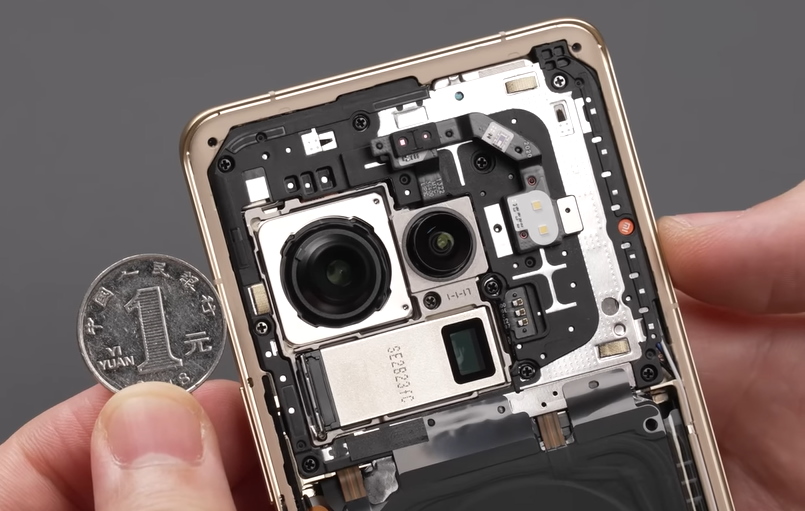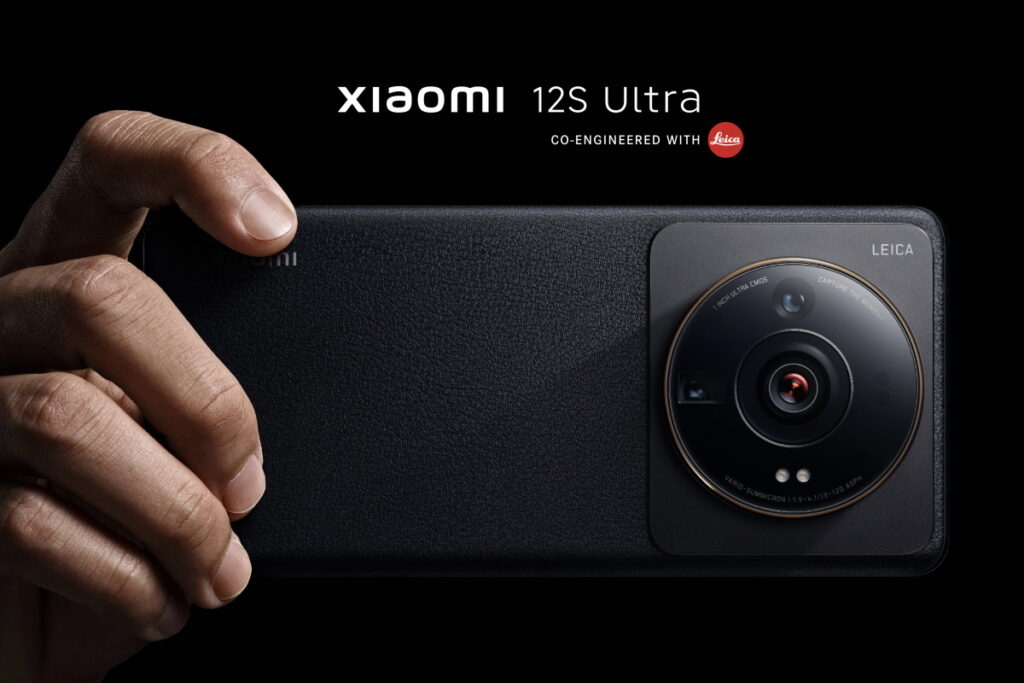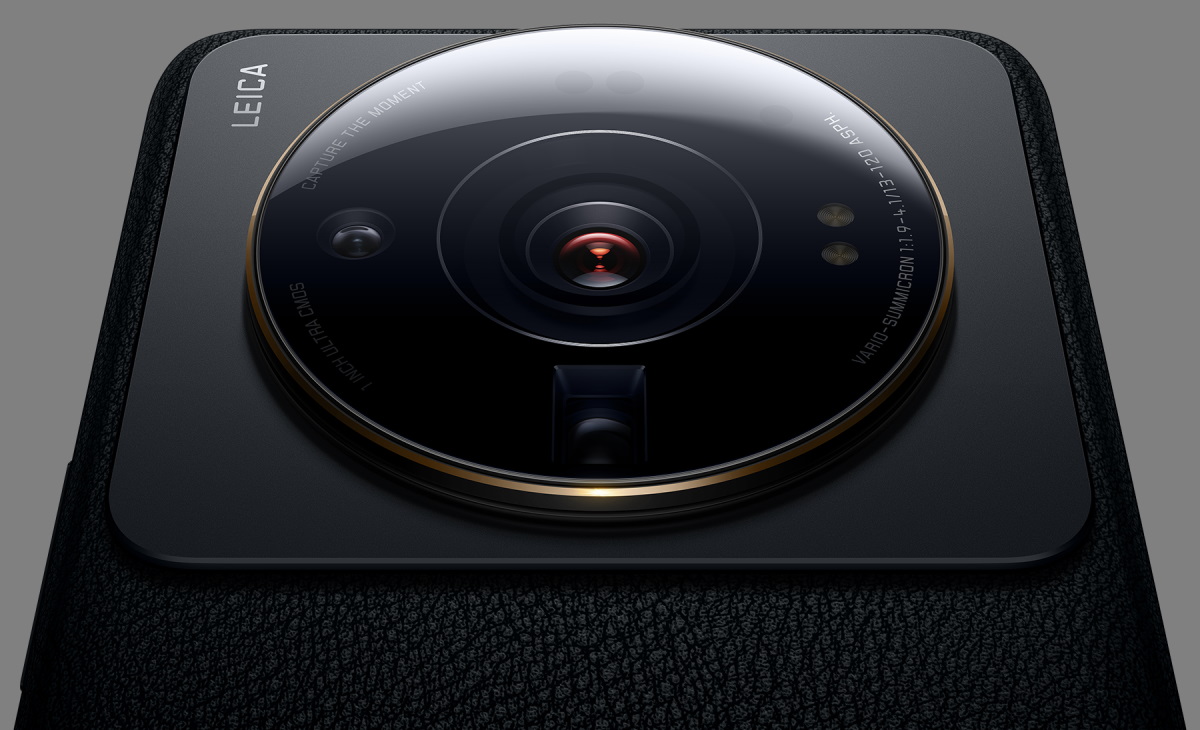Thanks to the massive camera module on its back, you should be able to spot the Xiaomi 12S Ultra from far away if you ever stumbled upon it. The module houses three different cameras including the main snapper which is equipped with a 50MP Sony IMX989 1-inch type sensor.
During the launch event for the 12S Series earlier this week, Xiaomi’s CEO Lei Jun mentioned that the sensor was the result of its collaboration with Sony. As it turned out, the collaboration goes beyond technical cooperation as it involved cost sharing as well.

Despite the massive financial commitment to the project, the CEO noted that the IMX989 will not be exclusive to Xiaomi alone. He added that fellow Chinese smartphone manufacturers are able to utilize it so that together they can help further push mobile imaging forward.

The Xiaomi 12S Ultra also features Qualcomm Snapdragon 8+ Gen 1 processor as its brain and can be obtained with up to 12GB RAM as well as 512GB internal storage. It has also been fitted with a 4860mAh battery in addition to having a dedicated battery management chip called Surge G1 while its 67W fast charge feature is handled by the Surge P1 chip.

Follow us on Instagram, Facebook, Twitter or Telegram for more updates and breaking news.



